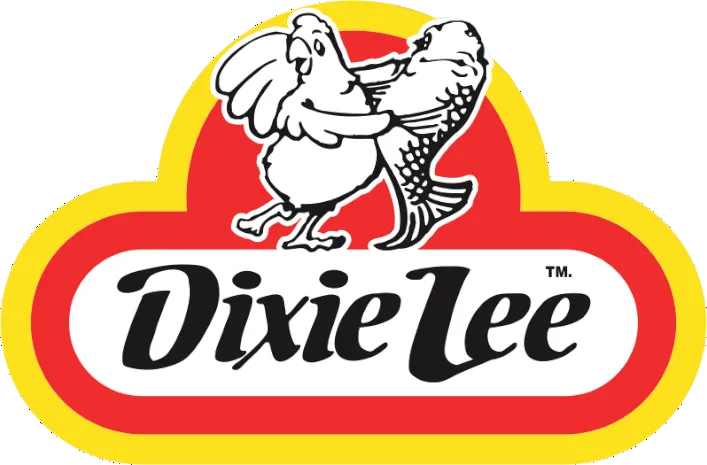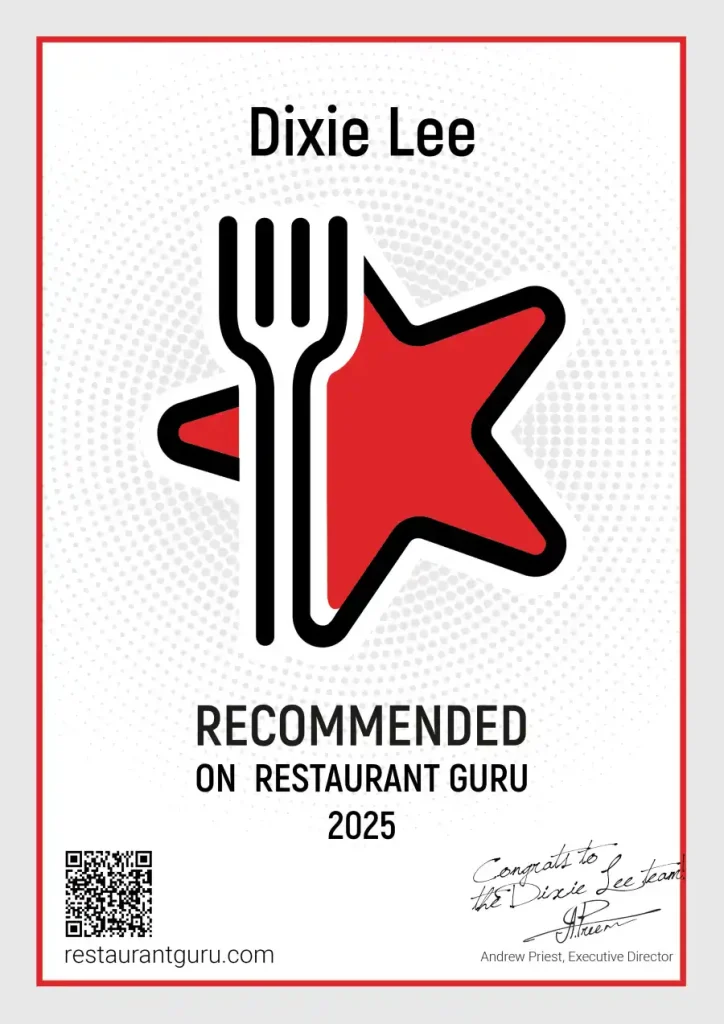A prospective franchisee should begin by selecting a franchise that matches their skills and business goals, then review the franchise disclosure document (FDD) to confirm fees, franchisor support, territory rights, and exit terms.
To validate demand in Bancroft, analyze population trends, traffic patterns, and competitor locations, and conduct quick local surveys or product tastings to gauge interest. Prepare a detailed cost model covering build‑out, equipment, permits, initial inventory, and include a 10–15% contingency; also forecast ongoing royalties, rent, and payroll.
Secure financing through options such as SBA loans, bank financing, or equipment loans, and assemble a lender‑ready projected profit & loss statement. Negotiate a high‑visibility site with a lease structured to support cash flow. Finally, follow the franchisor’s operational and training requirements closely to ensure a smooth launch.
Key Takeaways
- Assess Bancroft demand and competition using traffic counts, seasonal influx, social listening, and a 30–45 minute competitor map; test interest with surveys or pop-ups.
- Evaluate franchise fit by reviewing the FDD, training, tech, support, menu positioning, territory rights, and operational standards versus your skills and risk tolerance.
- Build a full startup budget: fees, build-out, equipment, signage, permits, opening marketing, utilities, inventory, and a 10–15% contingency; validate with local quotes.
- Plan financing: compare SBA and bank loans, equipment financing; prepare lender package with projections, breakeven, cash flow, resume, and franchise pre-approval.
- Select a high-visibility site and negotiate a protective lease: TI allowance, free rent, capped CAM, renewal options, and safe access with strong peak-hour flows.
Understanding the Franchise Model and Brand Fit
Before you commit to a franchise in Bancroft, get clear on how franchising works and whether the brand fits your market and goals. You’re buying the right to use a proven system, trademarks, and recipes in exchange for fees and ongoing royalties. You’ll follow operating standards, training protocols, and approved suppliers. Review the Franchise Disclosure Document to understand costs, territory rights, support, marketing obligations, and renewal or exit terms. Compare the brand’s menu, positioning, and operational model with your strengths and risk tolerance. Assess the franchisor’s training depth, technology, and field support. Clarify what decisions you control versus what’s mandated. Guarantee the culture aligns with how you want to lead, hire, and serve guests. Fit drives performance and satisfaction.
Evaluating Bancroft’s Market Demand and Competition
How big is the local appetite for quick-service chicken in Bancroft? Start by sizing the market: estimate the town’s population, seasonal influx from tourism and cottages, and daytime workers. Map where people live, work, and travel; note traffic counts on Highway 28 and near shopping anchors, schools, and arenas. Study dining habits using Google Trends, social listening, and local Facebook groups to gauge interest in fried chicken, sandwiches, and family meals.
Assess competitors within a 30–45 minute drive: national chains, independents, grocery hot tables, and food trucks. Track their menus, prices, peak hours, delivery options, and review patterns. Identify underserved needs—late-night service, gluten-free options, or family bundles. Test demand with surveys, pop-up tastings, or limited partnerships to validate preferences before committing.
Estimating Total Startup Costs and Ongoing Fees
Set a realistic budget by breaking costs into one-time startup and ongoing fees specific to a Dixie Lee–style quick-service build in Bancroft. You’ll tally a franchise fee (if applicable), site build-out, kitchen equipment, signage, initial inventory, permits, and opening marketing. Local construction and utility hook-ups in Bancroft can shift totals, so price quotes matter. For ongoing costs, project royalties, ad fund contributions, rent, payroll, food costs, utilities, insurance, software, and maintenance. Build contingencies—typically 10–15%—for surprises.
| Cost Type | Typical Range | Notes |
| Build-out | High five to low six figures | Driven by site condition |
| Equipment | Mid–high five figures | Hoods, fryers, POS |
| Ongoing fees | Percent + fixed monthly | Royalties, ads, utilities |
Validate figures with local contractors, suppliers, and the franchisor’s FDD.
Securing Financing and Investor Support
With your cost ranges mapped, you can now match funding to the gaps your savings can’t cover. Prioritize sources with the lowest cost of capital and the least dilution. Compare bank term loans, SBA-backed loans, and equipment financing; ask lenders about interest rates, amortization, collateral, and covenants. Prepare a simple, lender-ready package: franchise disclosure summary, projected P&L, breakeven, cash flow, and your resume.
If you need equity, target investors who know food service. Offer a clear use-of-funds, milestones, and an exit path. Decide on ownership percentages, voting rights, and dividends before you pitch. Strengthen credibility with a personal investment, a contingency reserve, and a signed franchise pre-approval. Build relationships early, track commitments in a spreadsheet, and sequence funds to minimize interest drag.
Selecting the Right Site and Negotiating a Lease
You’ll start by mapping Bancroft’s trade area—population, daytime workers, traffic counts, and competitor proximity—to pinpoint high-visibility corners with easy access. Next, evaluate co-tenancy and parking patterns to confirm steady peak-hour flow. Then negotiate lease terms that protect cash flow—free rent, tenant improvement allowances, capped CAM, renewal options, and percentage rent thresholds.
Demographic and Traffic Analysis
Before you commit to a site in Bancroft, analyze who lives, works, and travels within a 5–10 minute drive and when they’re on the move. Use census data and mobile location observations to size daytime and evening populations. Identify core users: families, tradespeople, students, tourists to Algonquin’s gateway, and retirees. Map competitors, grocery anchors, schools, clinics, and recreation hubs.
Study traffic counts by hour and day. Prioritize morning and late-afternoon flows on Highway 28 and Bridge Street; verify left-turn access and safe egress. Track seasonality: summer tourism and cottage traffic can double volumes, while winter slows. Measure visibility: sightlines, speed limits, signage opportunities, and lighting. Confirm parking turnover, drive-thru stacking capacity, and walkability from nearby employers and apartments.
Lease Terms and Incentives
Few decisions shape your unit economics more than the lease, so negotiate from a clear model of sales, occupancy costs, and seasonality in Bancroft. Target base rent that keeps total occupancy (rent, CAM, taxes, insurance) under 8–10% of projected sales. Push for free rent during buildout and the first slow season. Seek a tenant-improvement allowance tied to permits and milestones; cap your out-of-pocket.
Secure an initial term long enough to amortize equipment, with renewal options at preset bumps. Limit personal guarantees or burn them off after performance thresholds. Add co-tenancy and exclusive-use clauses to protect traffic and category rights. Negotiate a fair radius restriction. Define hours, signage, and patio rights. Cap controllable CAM, audit statements, and require timely maintenance by the landlord.
Navigating Zoning, Permits, and Health Regulations
Wondering how to turn a great location into an approved fast food site? Start by confirming the parcel’s zoning in Bancroft’s official plan and bylaws. If “restaurant” or “drive‑thru” isn’t permitted, apply for a zoning amendment or minor variance and notify nearby property owners as required. Next, secure a building permit for any construction and an occupancy permit before opening.
You’ll also need a business license and sign permit from the municipality. Register with the local health unit for a food premises inspection; they’ll verify your handwashing stations, food storage, sanitization, and temperature controls. Arrange fire inspections for alarms, suppression hoods, and extinguishers. Keep documentation: approved plans, inspection reports, and maintenance logs. Build in time; approvals often run sequentially, not simultaneously.
Designing the Store and Meeting Brand Standards
You’ll map a layout and flow that moves guests smoothly from order to pickup while keeping your crew efficient. You’ll align branding and signage with corporate specs, from color palette to exterior fascia, so the store looks unmistakably Dixie Lee. You’ll spec approved equipment and verify compliance with food safety, ventilation, and electrical standards before build-out.
Layout and Flow
Start with a floor plan that maps the customer expedition from entry to order, pick-up, and exit, while keeping kitchen workflow tight and compliant with Dixie Lee’s brand specs. Place the door, queue, and menu boards so guests see options early and move forward without crossing traffic. Separate dine-in, takeout, and delivery handoff paths to reduce congestion.
Keep the cookline linear: prep, battering, fryers, holding, assembly, and expo. Position cold and dry storage near receiving; put prep sinks and refrigeration within safe reach of the line. Guarantee handwashing sinks are visible and accessible. Provide clear sightlines from cashier to lobby and pick-up shelf for quick problem-solving.
Design ADA-compliant aisles and queue rails. Use anti-slip flooring, guarded corners, and pass-through shelving to speed restocking without interrupting service.
Branding and Signage
How do you translate Dixie Lee’s brand into a store that feels unmistakable from the curb to the counter? Start with visibility. Use the approved logo, colors, and typography consistently on your pylon sign, facade, and window graphics so drivers recognize you instantly. Match interior palettes, wall finishes, and menu boards to the brand guide, keeping contrast high for readability.
Prioritize placement. Position primary signage at eye level where traffic pauses, and use directional cues from the door to the order point. Keep messaging tight: highlight signature items and value offers without clutter.
Focus on materials and lighting. Choose durable, easy-clean surfaces that render colors true, and light signage evenly to avoid glare. Train staff to maintain standards—clean, aligned, and functional displays signal credibility.
Equipment and Compliance
Even before paint dries, lock in the equipment and compliance plan that Dixie Lee requires. Confirm the approved kitchen layout, ventilation, and electrical loads early, so your fryer banks, hoods, and refrigeration arrive on schedule. Use the franchisor’s equipment list—no substitutions without written approval. Verify clearances, fire suppression specs, grease trap size, and NSF-certified surfaces. Coordinate with your contractor to place drains, gas, and power exactly where line drawings show.
Order smallwares, POS, and temperature monitoring tools with lead times in mind. Schedule health, fire, and building inspections to align with commissioning. Train staff on safe handling, cleaning cycles, and oil management before opening. Keep calibration logs, HACCP records, and maintenance schedules. Document everything—photos, invoices, and permits—to prove compliance during audits.
Building Your Staffing Plan and Training Program
Blueprints matter. Start by mapping roles: general manager, shift leads, cooks, cashiers, and dish/cleaning support. Define headcount per shift based on projected volume and hours. Write clear job descriptions with duties, performance metrics, and pay ranges. Set schedules that balance coverage, breaks, and labor budgets. Build a hiring funnel: application, short phone screen, skills test, and reference check. Prioritize reliability, food safety awareness, and customer care.
Develop a training ladder. Use the franchisor’s manuals, then localize procedures for your kitchen layout. Cover onboarding paperwork, safety, HACCP, allergen handling, equipment use, and cash controls. Add station checklists, micro-lessons, and shadow shifts. Certify each role with quizzes and observed runs. Set retraining triggers, daily huddles, and weekly coaching. Track KPIs to refine staffing and training.
Crafting a Localized Marketing and Launch Strategy
Start with market research perspectives that show who eats out in Bancroft, when they order, and which menu items win. Use hyperlocal branding tactics—local landmarks, community partners, and seasonal events—to make your franchise feel native. Map a grand opening roadmap with teaser campaigns, soft launch feedback, and a stacked opening week calendar that converts buzz into repeat visits.
Market Research Insights
Before you spend a dollar on ads or signage, anchor your plan in real data about Bancroft’s diners, traffic patterns, and competitors. Map lunch and dinner peaks by daypart; note drive-time funnels from Highway 28, cottage-country surges on weekends, and school or hospital shifts. Count rooftops and seasonal population swings to size demand.
Interview locals and seasonal visitors. Ask what triggers a quick-service choice: speed, price, gluten-free options, family bundles, or late hours. Track average ticket sizes and preferred ordering channels—walk-in, drive-thru, or delivery apps.
Audit competitors within a 20–30 minute radius. Log menu gaps, service times, parking constraints, and promo cycles. Validate pricing bands with receipt sampling. Use these findings to set hours, staffing, menu emphasis, site placement, and pre-opening outreach.
Hyperlocal Branding Tactics
Your research gives you the raw signals; now turn them into a Bancroft-first brand presence that feels native, not franchised. Translate local preferences into visuals, names, and offers. Use the town’s rhythms—cottage traffic, trail weekends, hockey nights—to time promos. Feature Bancroft in your brand voice: reference nearby lakes, the Eagle’s Nest, and the arts scene without cliché.
Localize your menu copy and limited-time items. Highlight Ontario-sourced ingredients and call out nearby suppliers. Partner with community groups for storytelling: profile volunteers, teams, and artists on your channels. Keep signage clean, readable, and friendly; add small nods to Bancroft’s geology and lumber heritage.
Run geofenced social ads and SMS for 10–15 minutes around meal peaks. Measure saves, replies, and repeat visits; refine quickly.
Grand Opening Roadmap
Often the strongest launches feel inevitable because you’ve mapped every move to Bancroft’s calendar and habits. Anchor your timeline to local rhythms: summer cottage traffic, school sports, and community festivals. Build momentum in three waves—tease, preview, celebrate. Use geotargeted ads around Highway 28, partner with local teams, and reward first-week visits with tight, trackable offers.
| Phase | Action | Bancroft Tie-in |
| Tease (T-21 days) | Window wraps, countdown posts | Tag #BancroftEats, Trout Lake imagery |
| Preview (T-7 days) | Soft open for first responders | Donate meals; earn goodwill |
| Launch (Day 0) | Ribbon-cutting, live music | Invite council, Hastings media |
| Sustain (Week 1) | Bounce-back coupons | Stamp card for locals |
Assign owners, deadlines, and KPIs. Capture emails at the door, post daily reels, and respond within an hour. Debrief nightly and adjust offers.
Setting Timelines, KPIs, and Risk Mitigation Plans
Three pillars keep your Bancroft franchise plan on track: a clear timeline, measurable KPIs, and practical risk controls. Map key milestones from lease signing to 90 days post–grand opening. Assign owners and dates for build-out, inspections, hiring, training, supply onboarding, soft launch, and marketing bursts.
Set KPIs that guide daily action: weekly foot traffic, average ticket, food cost percentage, labor percentage, speed of service, customer satisfaction, and break-even date. Use targets (e.g., food cost ≤30%, labor ≤28%, ticket ≥$15, service under 4 minutes). Review them weekly and adjust schedules, menus, or promos.
Mitigate risks with playbooks: backup suppliers, cross-trained staff, cash reserve equal to three months’ expenses, health-compliance checklists, and weather contingencies. Document triggers and responses so you move fast.
Conclusion
Before proceeding, confirm market demand, estimate realistic startup and operating costs, and secure financing. Conduct demographic and competitive research to verify that Bancroft can support a fast-food franchise like Dixie Lee Fried Chicken, and prepare conservative financial projections to present to lenders or investors.
Select a highly visible site with strong traffic and convenient access. Ensure the chosen location meets franchise territory rules and has adequate parking and footfall. Work with the franchisor’s real estate and design teams to create a layout that follows brand standards while meeting local building codes and operational needs.
Assemble a team focused on service and reliability. Hire employees for attitude and coach them on technique and standards through a structured training program. Implement measurable performance indicators (sales per labor hour, order accuracy, food waste, customer wait time) and monitor them regularly to maintain consistency.
Plan a launch that combines brand marketing with local outreach. Use targeted advertising, special opening offers, and partnerships with community organizations to drive trial. Encourage repeat business with loyalty incentives and a strong local presence.
Maintain strict operational discipline: enforce inventory controls, standardize recipes and procedures, and manage labor and food costs tightly. Collect customer feedback and adapt offerings or service processes where it improves satisfaction and profitability.
If the reader commits to thorough planning, disciplined operations, and active community engagement, they can open successfully and build lasting local loyalty.


